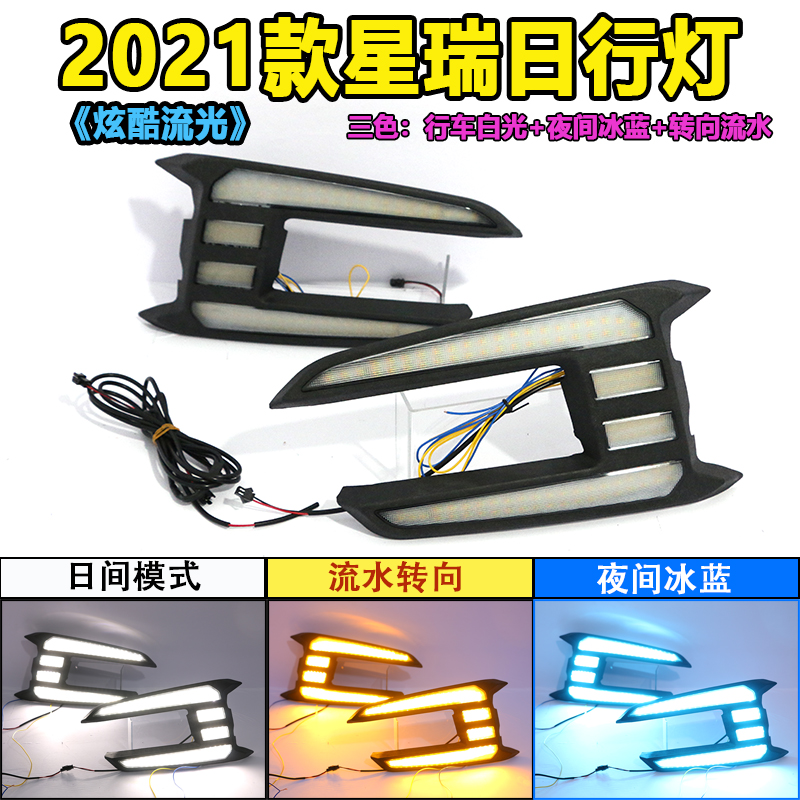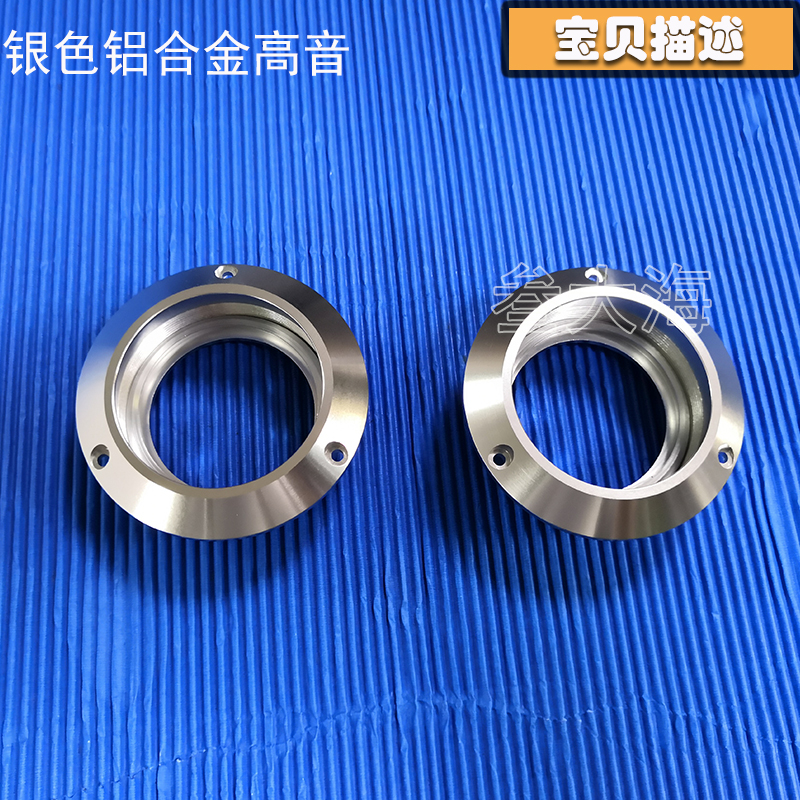
When galaxies collide, they appear distorted and strange.
This week, astronomers working on the NASA and European Space Agency's legendary Hubble Space Telescope posted six images of vivid galactic mergers. You can see them below.
"It is during rare merging events that galaxies undergo dramatic changes in their appearance and in their stellar content," the Hubble program wrote in a statement. "These systems are excellent laboratories to trace the formation of star clusters under extreme physical conditions."
The six collisions shown here are part of the Hubble imaging Probe of Extreme Environments and Clusters survey, or HiPEEC, to better understand star creation in these wild cosmic places.
Remarkably dense clusters of stars form amid these merging galaxies, and they are extremely bright, leaving telltale evidence of long-ago cosmic collisions.
"Even after the collision, when the resulting galactic system begins to fade into a more quiescent phase, these very massive star clusters will shine throughout their host galaxy, as long-lasting witnesses of past merging events," the Hubble astronomers wrote.
 Merged galaxy NGC 3256 is located some 100 million light-years from Earth.Credit: ESA / NASA / HUBBLE
Merged galaxy NGC 3256 is located some 100 million light-years from Earth.Credit: ESA / NASA / HUBBLE The galaxy system NGC 1614 with a variety of spiral arms and a straight tail in the upper right.Credit: NASA / ESA / THE HUBBLE HERITAGE TEAM (STSCI / AURA)-ESA / HUBBLE COLLABORATION) AND A. EVANS (UNIVERSITY OF VIRGINIA, CHARLOTTESVILLE / NRAO / STONY BROOK UNIVERSITY)
The galaxy system NGC 1614 with a variety of spiral arms and a straight tail in the upper right.Credit: NASA / ESA / THE HUBBLE HERITAGE TEAM (STSCI / AURA)-ESA / HUBBLE COLLABORATION) AND A. EVANS (UNIVERSITY OF VIRGINIA, CHARLOTTESVILLE / NRAO / STONY BROOK UNIVERSITY) The "Medusa merger," the result of a larger galaxy consuming a smaller galaxy (aka NGC 4194).Credit: ESA / Hubble / NASA / A. Adamo
The "Medusa merger," the result of a larger galaxy consuming a smaller galaxy (aka NGC 4194).Credit: ESA / Hubble / NASA / A. Adamo The galaxies IC 694 and NGC 3690 passed closely some 700 million years ago, resulting in "a fierce burst of star formation," according to NASA and the ESA.Credit: NASA / ESA / THE HUBBLE HERITAGE TEAM (STSCI / AURA)-ESA / HUBBLE COLLABORATION) AND A. EVANS (UNIVERSITY OF VIRGINIA, CHARLOTTESVILLE / NRAO / STONY BROOK UNIVERSITY)
The galaxies IC 694 and NGC 3690 passed closely some 700 million years ago, resulting in "a fierce burst of star formation," according to NASA and the ESA.Credit: NASA / ESA / THE HUBBLE HERITAGE TEAM (STSCI / AURA)-ESA / HUBBLE COLLABORATION) AND A. EVANS (UNIVERSITY OF VIRGINIA, CHARLOTTESVILLE / NRAO / STONY BROOK UNIVERSITY) Located some 230 million light years away, NGC 6052 is a pair of colliding galaxies, says NASA.Credit: ESA / Hubble / NASA / A. Adamo et al.
Located some 230 million light years away, NGC 6052 is a pair of colliding galaxies, says NASA.Credit: ESA / Hubble / NASA / A. Adamo et al. Galaxy NGC 34 , the result of two colliding galaxies a few million years ago.Credit: ESA / Hubble / NASA, / A. Adamo et al.
Galaxy NGC 34 , the result of two colliding galaxies a few million years ago.Credit: ESA / Hubble / NASA, / A. Adamo et al.


